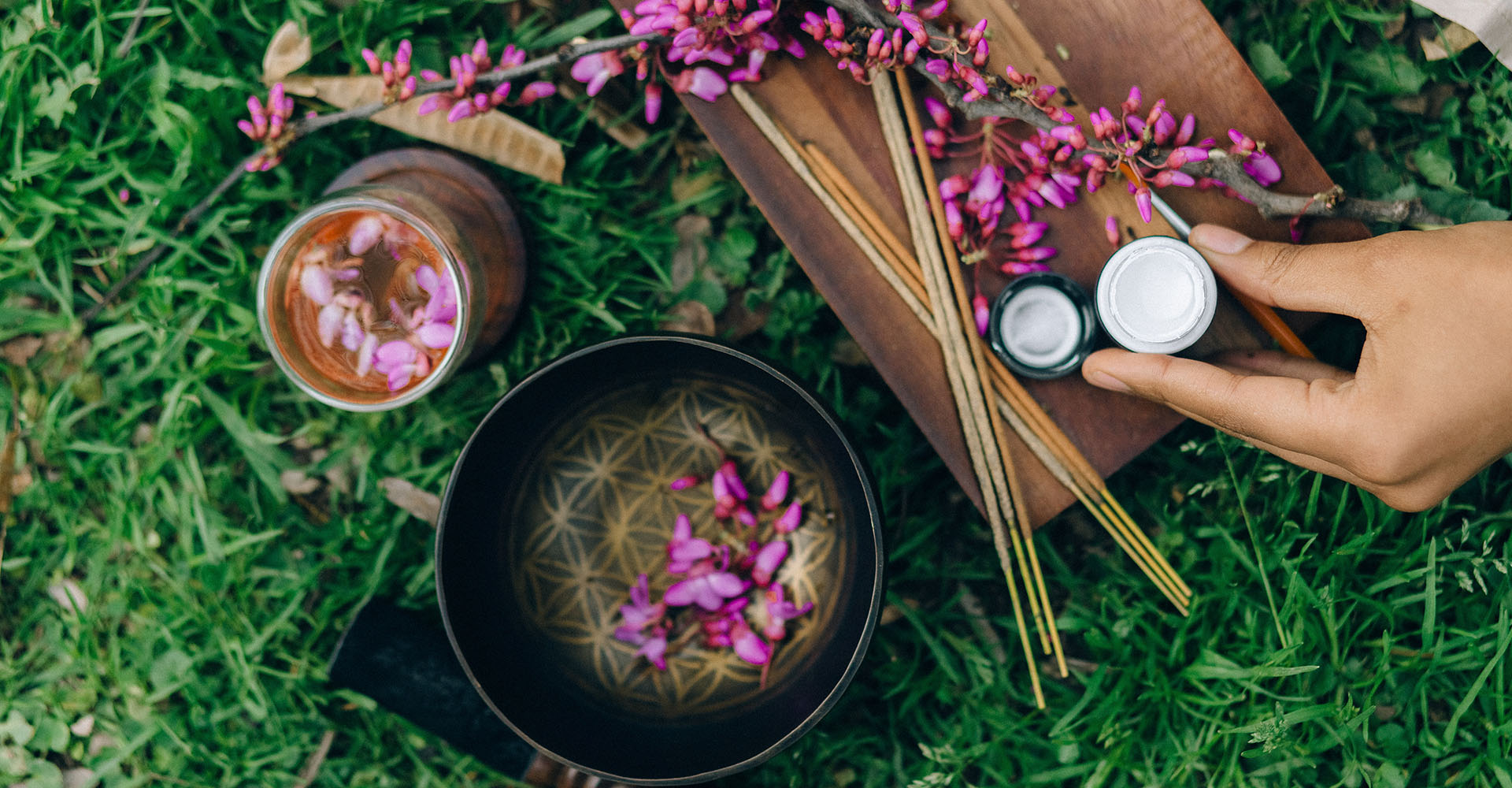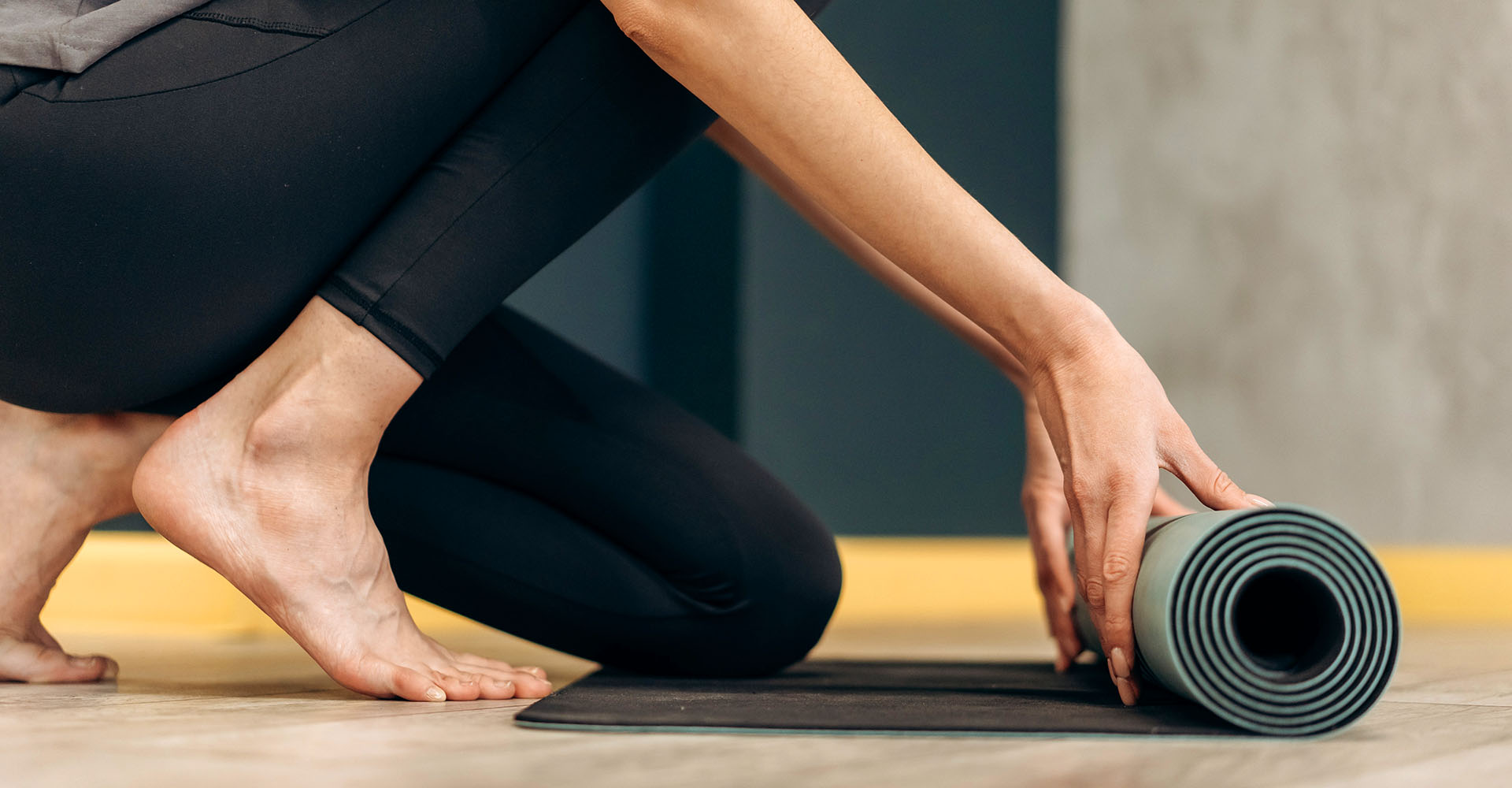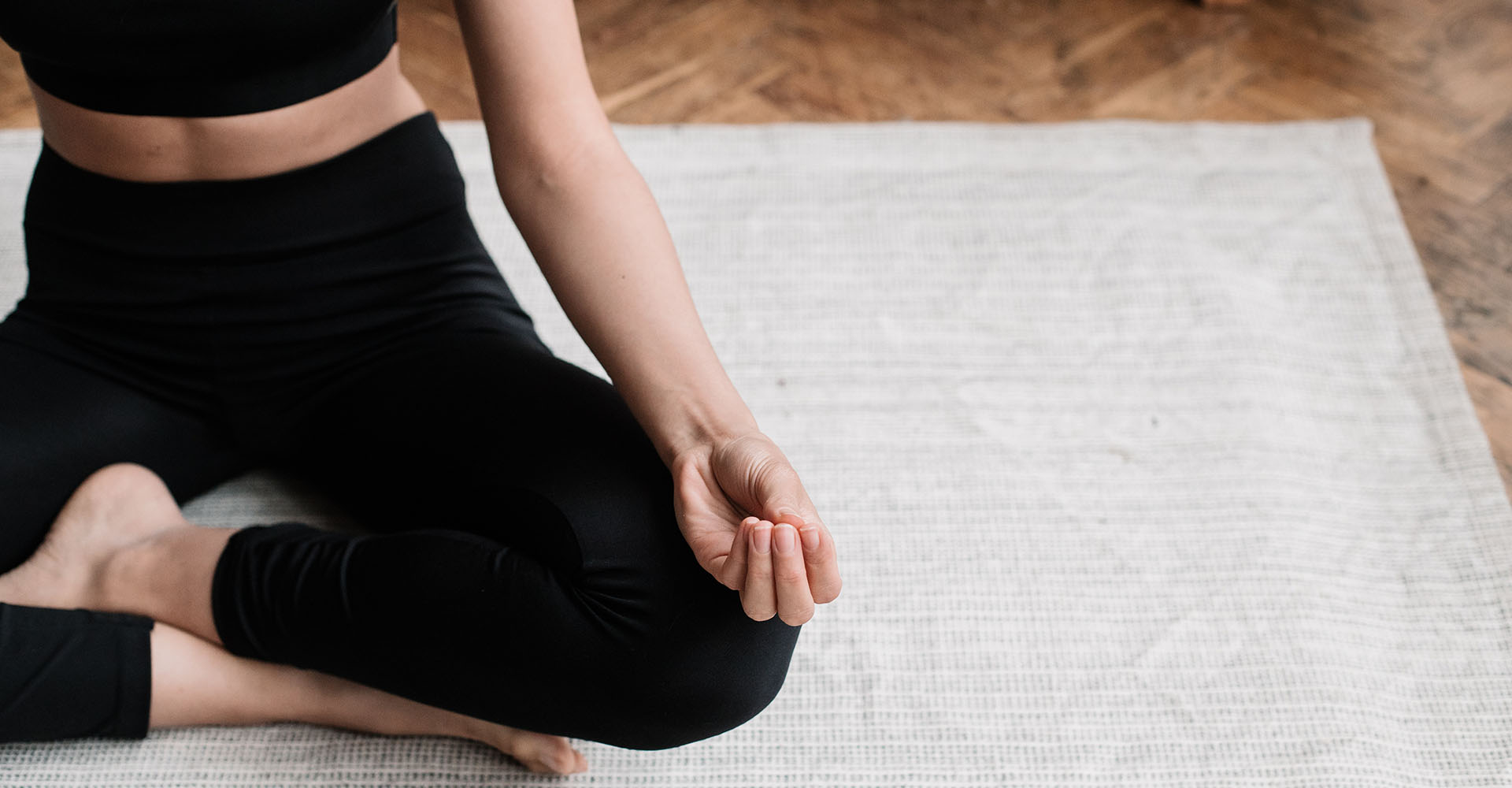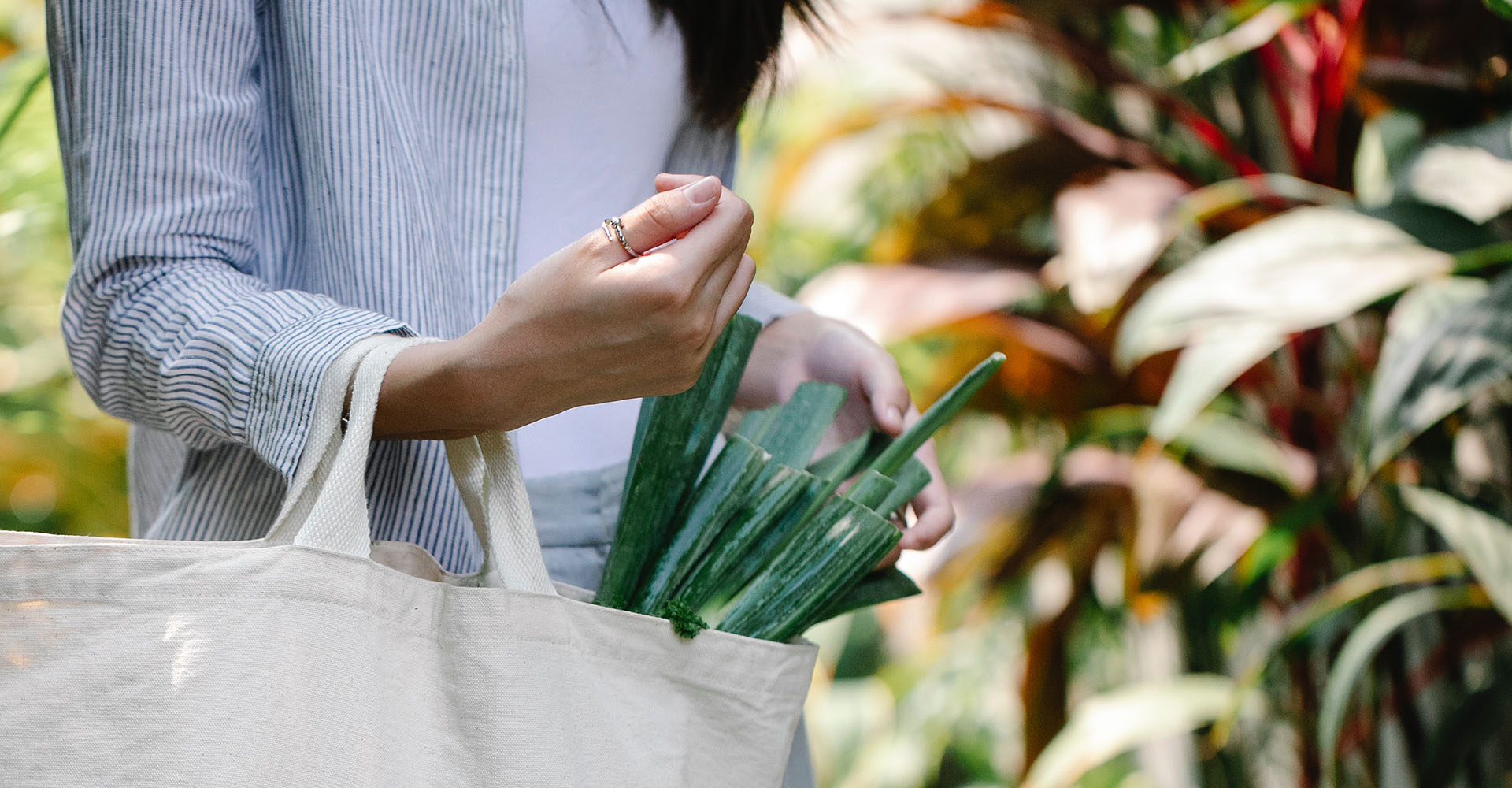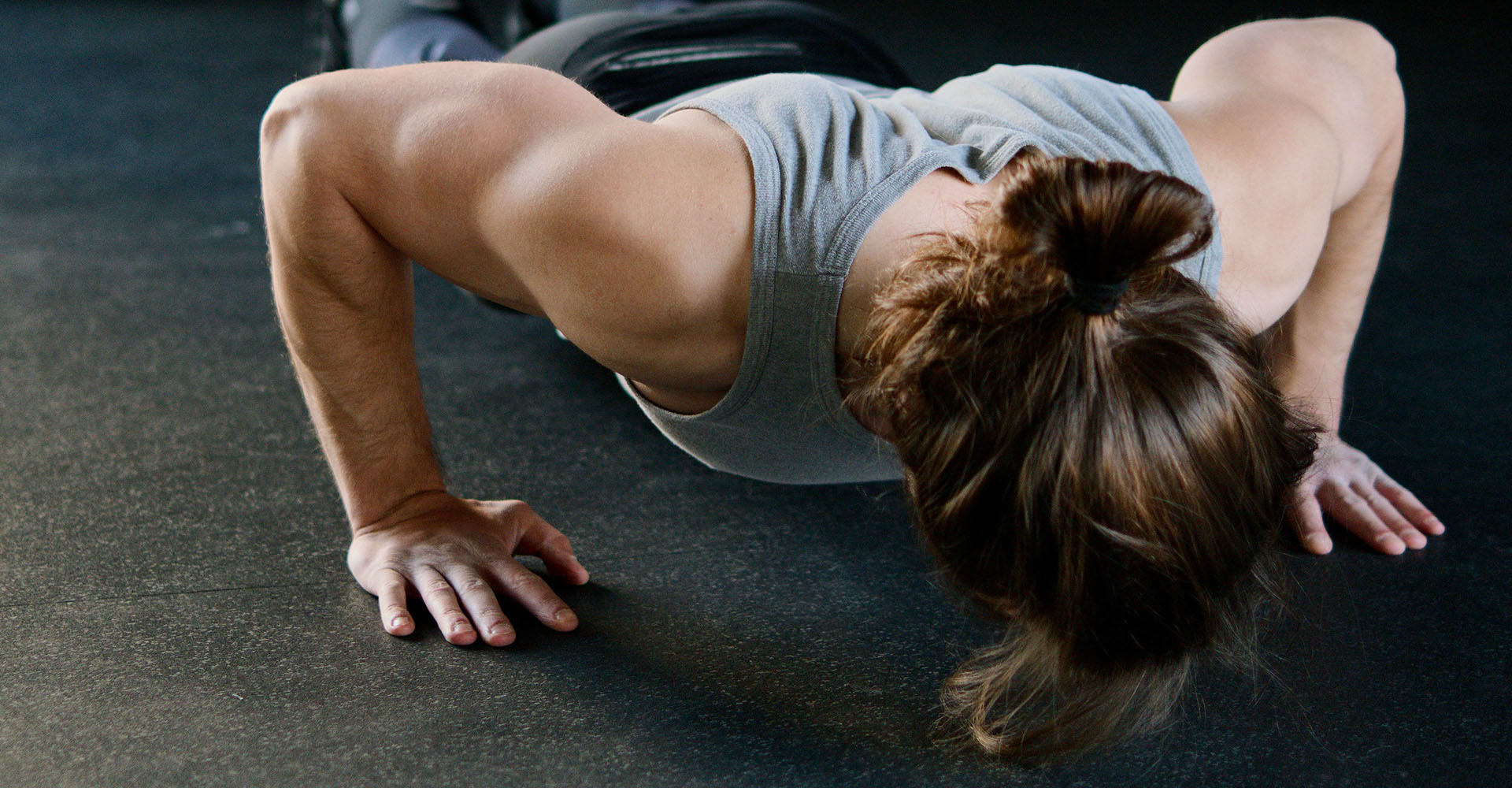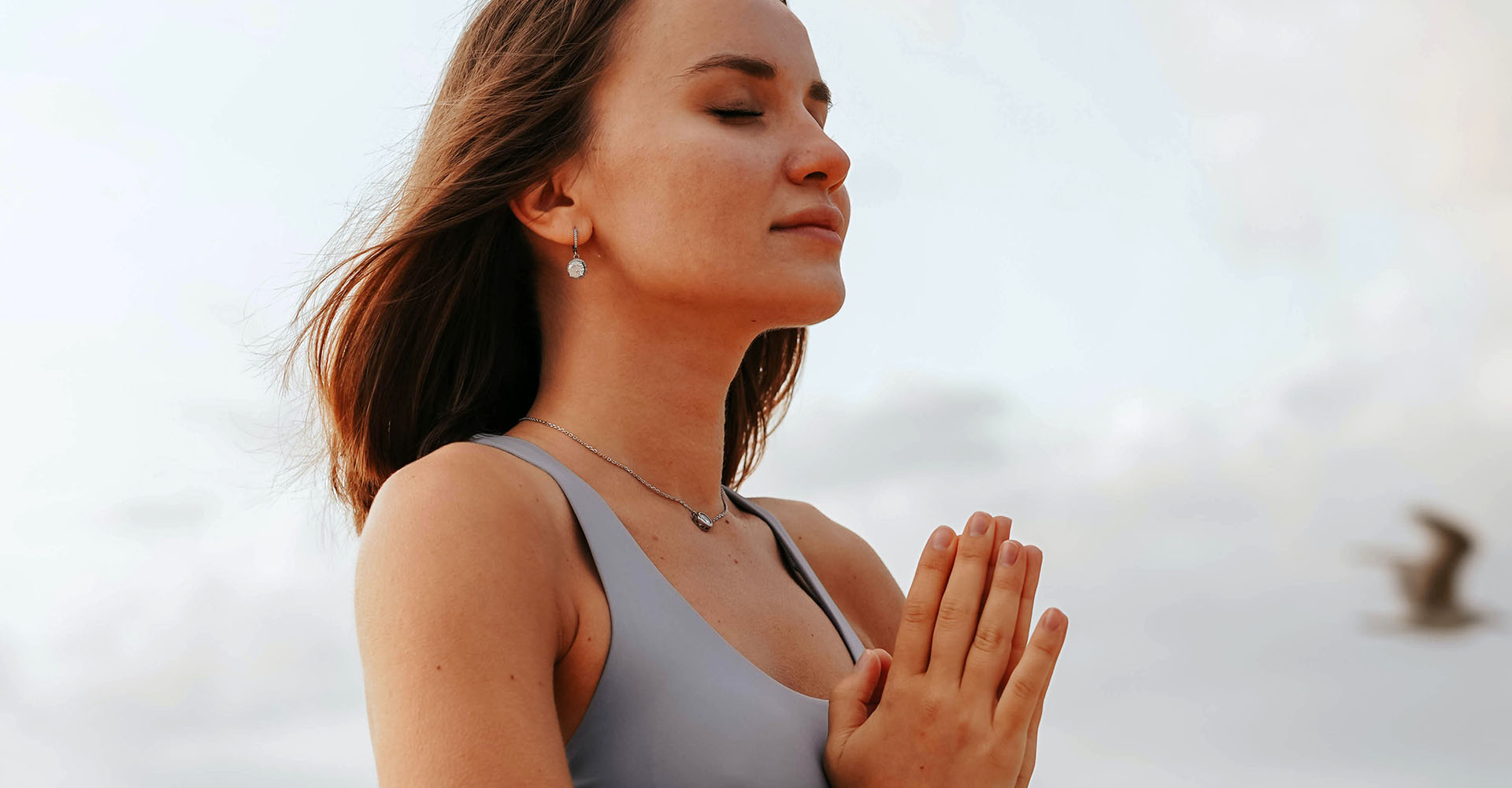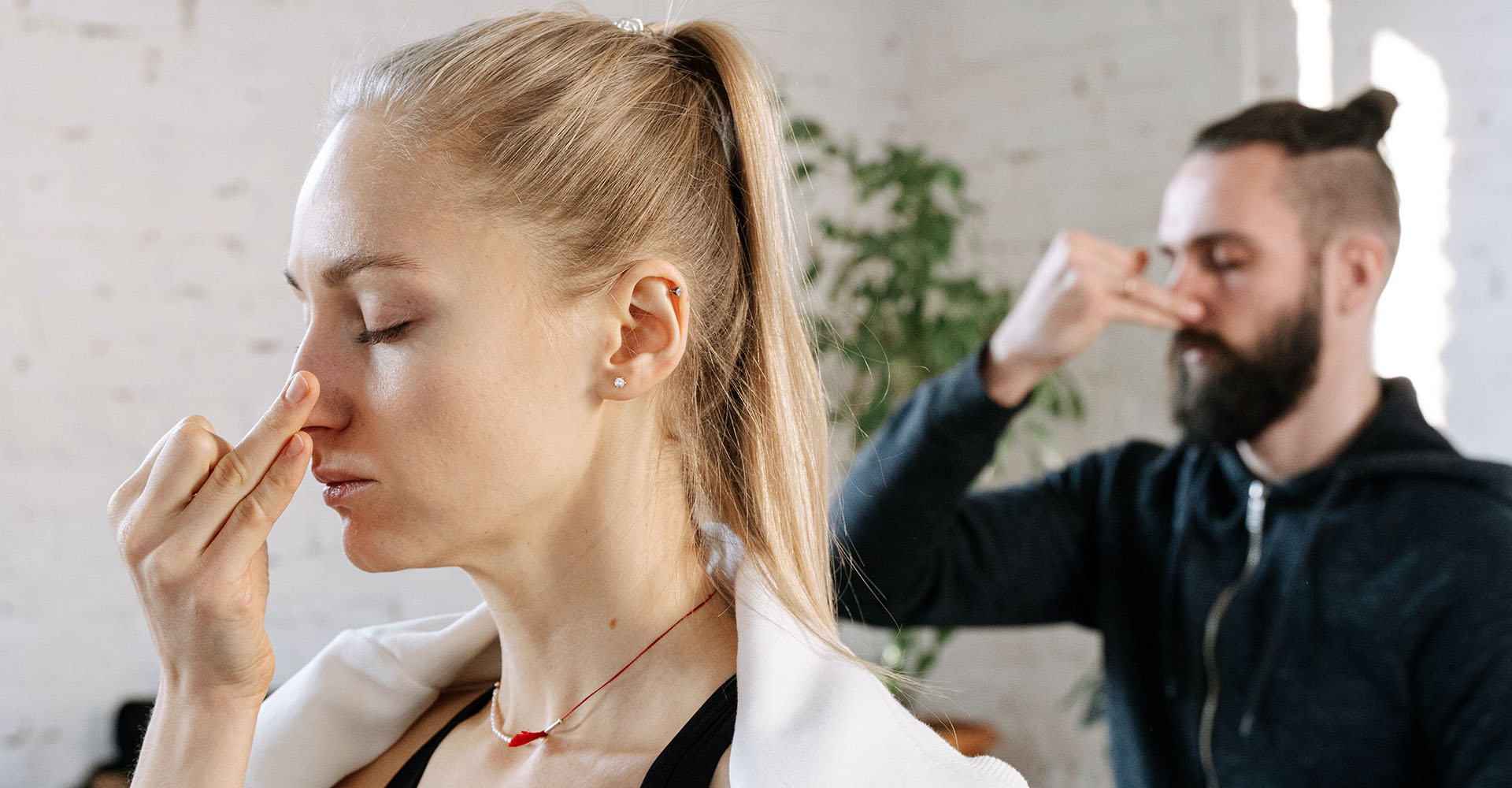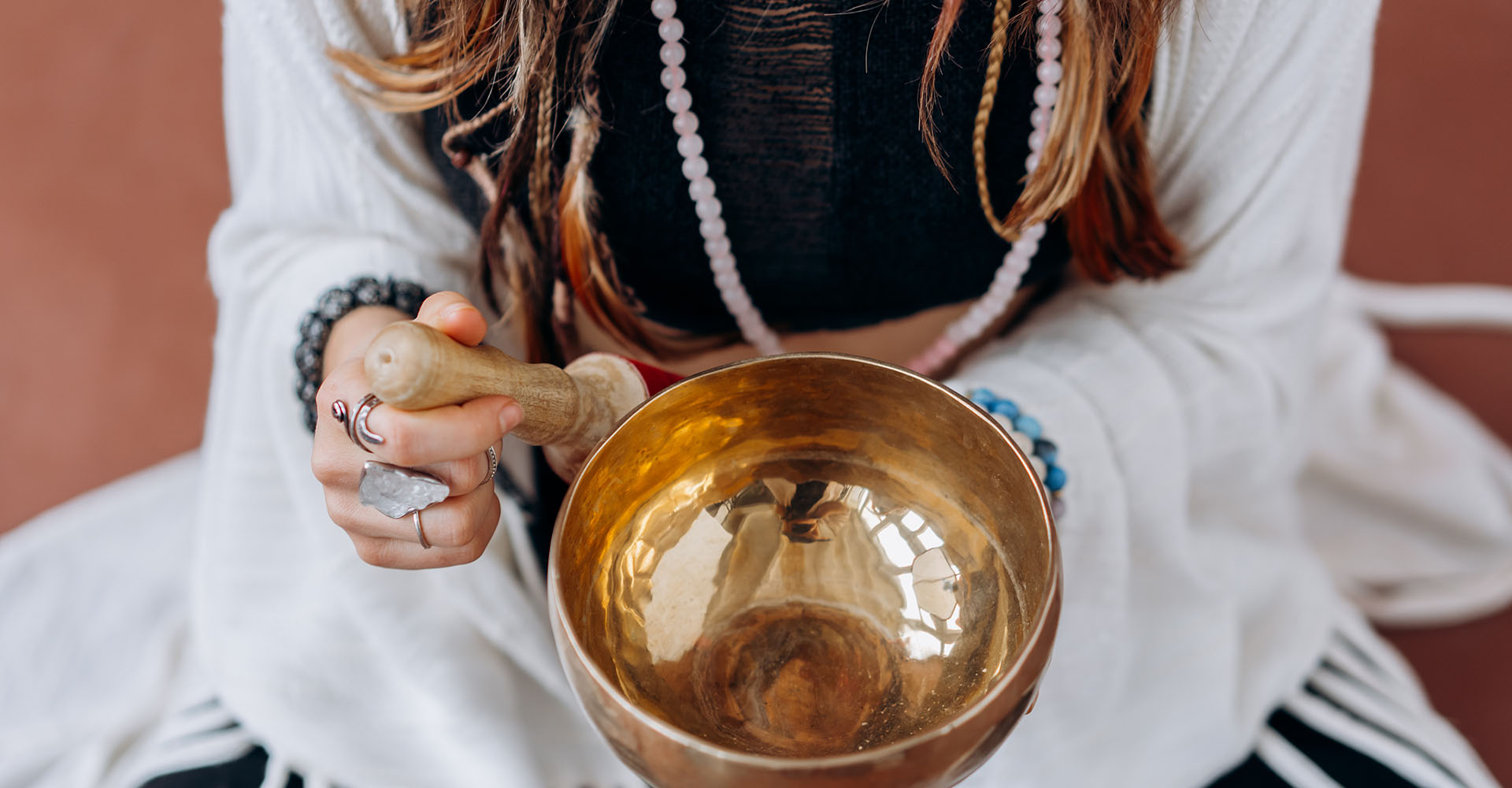Yoga for Beginners designed for Beginner Questers
Quest Coached by Ginny Clarke
So often our modern society considers yoga to be just a physical practice. We see glossy photos of yogis in fancy and challenging postures, making it look effortless and beautiful yet unattainable by the average person. We may think that we have to be flexible and thin and strong and graceful to practice yoga.
But the fact is, yoga truly is for everyone because yoga is a spiritual journey and not a gymnastics practice. You can modify and adjust your practice to suit your needs each day and over a lifetime.
What is Yoga?
The word “Yoga” literally means “to yoke”, which means to join, to integrate, to unite. It means to bring together the aspects of ourselves (body, breath, mind & spirit) so that we feel whole again – strong and supple in all aspects of our being. Yoga contains a vast system of tools, techniques and philosophy which help to lead the yogi to a deeper sense of peace, contentment and perhaps even enlightenment.
The aim of yoga is not to be more flexible, in fact, it’s not about the body at all. The true aim of yoga is to calm the busy mind. When our mind is busy, we find that our life is busy and hectic, which may lead to us felling unwell, unbalanced, stressed or constantly tired. When we begin to quiet the mind, we start to find more moments of peace in our lives, connection with ourselves and others, and more kindness and compassion towards all. Yoga binds us back to the inherent blissful state which resides deep within us.
What is Hatha Yoga?
There are many different styles of yoga in the modern world and the one taught at by Ginny Clarke in this course is called “Hatha Yoga”, which is the broad term used for any physical, mental and energetic form of yoga. This style of yoga includes asanas (postures), pranayama (breathing techniques), meditation, mudras (hand positions), and bandhas (energetic locks). “Ha” means sun and “Tha” means moon, which represent the balancing of the polar energies (active energy versus passive energy). Therefore, after a yoga class, you should feel in balance again – not hyperactive or dull – but perfectly alert and calm, steady and comfortable.
What is Asana?
Asana’s are the physical postures we practice during a yoga class. We do a variety of poses, some of which may be standing, seated, reclining, kneeling, balancing and even upside down! Some poses are static, and others are dynamic, where we link the movement with the breath. All of these poses help to build strength, increase flexibility and improve your overall range of movement in the muscles, tissues and joints. They are beneficial for all of the systems in the body, including the circulatory, respiratory, lymphatic, digestive and nervous systems.
Asanas are a great starting point for health and wellbeing because they involve something tangible – the body. You can move the body, you can feel the body, you can see your limitations, you can acknowledge your abilities and you can monitor your progress along the way. We all have very different bodies and capabilities, and we all may look slightly different when doing a pose. Sometimes we use props such as a block, belt, bolster, chair or blanket to help get into a pose, or to modify the pose to better suit a particular body type. How the pose “feels” in your body is much more important than how it “looks”. So, if you can’t do a pose, there will always be a variation or option that we can find to suit you.
There’s a little saying we use in yoga which is “We store our issues in our tissues”. Many of our pent-up emotions, stress, anxiety, lethargy, agitation, anger, sadness, etc can get stuck in our body when we don’t move enough. Therefore, by moving the body, we start to release these tensions and low and behold, we feel lighter, freer and calmer, not just in the body, but also the mind.
The word asana literally translates as “a steady and comfortable seat” and the word is used in the classic text, The Yoga Sutras, to refer to a position for meditation. However, our western bodies are so accustomed to sitting in chairs, lounges, cars, offices, etc, that sitting cross-legged on the floor is not achievable for most of us. Therefore, the modern-day asanas are effective in opening the body to assist us in finding a “comfortable seat” for meditation. Once the body is healthy and prepared, there is a higher chance that we can sit still and find stillness in the mind, and therefore, gain a glimpse of our soul.
What is Pranayama?
Prana is the life force or energy that exists everywhere and flows through each of us. Pranayama is the control or regulation of the prana, and this is achieved through the control and regulation of the breath. The 4 phases of pranayama are inhalation, retention of breath in, exhalation, and suspension of breath out. There are many different pranayama techniques used in yoga, all of which boost our energy levels and focus the mind and calms the nervous system. The breath is the bridge between the body and the mind, therefore, when you learn to slow your breath down, you will in turn, calm your body and your mind.
The practice of pranayama purifies and removes distractions from the mind making it easier to concentrate and meditate. Learn to be aware of your breath in all moments – during asana, whilst driving, before going to sleep, on the toilet, at work – every minute we are breathing so use it as a constant reminder to come back into the present moment. The breath is a very powerful and life changing tool, and that is why often our ego doesn't like doing it. Doing regular pranayama WILL change you!
What Language do we Speak?
Mostly we speak English, however, yoga originates from India, therefore some of the words we use come from an ancient Indian language called Sanskrit. Each of our poses finish with “asana”, e.g. Tadasana (mountain pose), Adho Mukha Svanasana (dog pose), Virabhadrasana (warrior pose). We also begin the class by chanting “AUM” (Om), which is the sound/vibration of everything in the universe. We finish each class with “Aum Shanti Shanti Shantihi”, which means “Peace to all”.
Yoga for Daily Life
We practice yoga poses to move and breathe with ease and stability on our mat, so that we can take this experience of calm into our daily life. You can learn so much about yourself and your habits during yoga, which can help you become a more integrated and peaceful being in your daily life.
What to expect from this course?
Ginny Clarke will compassionately and clearly lead you through 4 different yoga classes, each one building on the previous class. You will review the body and how to align yourself in the poses. You will learn how to breathe well and leave with specific techniques you can use daily to enhance your wellbeing and vitality. You will get to know your mind and how yoga can help to soothe it, and you will learn a meditation technique to help focus your mind. And finally you will learn how yoga can help you in daily life, how by reuniting body, breath and mind together, you will feel whole again, clear, bright and reconnected to a deeper meaning and purpose.
By the end of the course, you should have a good understanding of how to move your body well and perhaps repeat the course several times so that you can then continue to practice yoga at home on a regular basis. It will also give you an excellent foundation so that you feel confident to attend other yoga classes in person or online.
Take the next step and join us on this exciting journey into Yoga for Beginners.
